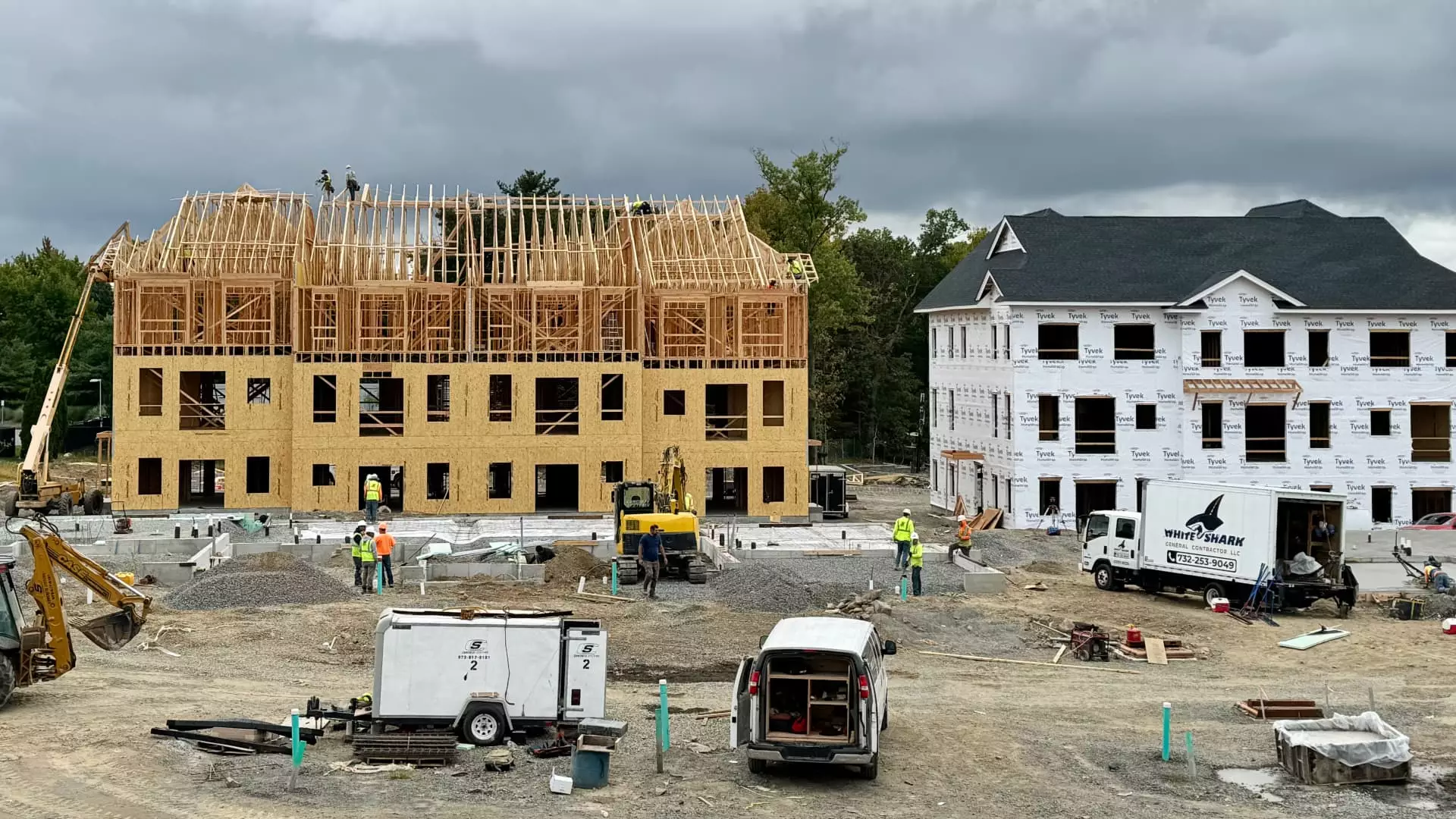Today, the sprawling structure of America’s housing market relies heavily on materials sourced from abroad. From the beams that support our roofs to the drywall that fills our rooms, the complex supply chain inherently attracts increasing costs due to the economic philosophies of protectionism. The Trump administration’s tariffs on imports from countries like China, Canada, and Mexico are a drastic measure that could radically alter the landscape of homebuilding in the U.S. The stakes are high, and as it unfolds, we wade into treacherous waters that could drown the middle class’s dream of homeownership.
According to Rob Dietz, chief economist at the National Association of Home Builders, these new tariffs could inflate the cost of building a single home by between $7,500 and $10,000. Lumber, the backbone of construction, faces the brunt of these tariffs, especially with Canadian lumber hit hardest. The price spike is turning speculative; producers expect this cost to rise by $4,900 per home—an alarming figure that signifies not just discomfort but potential devastation for potential homebuyers. The progressive increase in prices may extend beyond the new builds, signaling a ripple effect that could squeeze already strained housing budgets significantly.
For a country that prides itself on the ideal of homeownership as a benchmark of success, it’s unsettling to see how government policy can dictate market dynamics. In fact, Dietz mentions that for every additional $1,000 in home costs, around 106,000 potential buyers are effectively priced out of the market. This bleed-through is particularly detrimental to first-time buyers who view homeownership as a pathway to economic stability and upward mobility. The impending tariffs reflect a clear disconnect between political posturing and everyday realities that families face when considering their housing options.
In a bid to increase domestic lumber production, President Trump’s unilateral directives will take more than just a mere promise to bear fruit. Economic reality demonstrates that ramping up production to fill the supply gap will be more than a simple switch flip. To build new mills takes time—estimates suggest about three years. With only a handful of manufacturers capable of building sawmill machinery, the timeline lengthens, creating a backlog in not just lumber supply but also the skilled labor force necessary to run these operations effectively. The urgency of the lumber shortage is clear, yet ambitious plans stall at every cog of the system.
The lumber fiasco is just the tip of the iceberg. The reality is that tariffs have a multi-industry impact as nearly all construction sectors face rising expenses. Appliances, drywall, and many other necessary building components primarily rely on foreign production. As the numbers reveal, the U.S. imported $215 million in gypsum, making it the largest importer of this vital material globally. The interplay of tariffs means builders will ultimately have two unpalatable options: pass higher costs on to homebuyers, leading to unsustainable home prices, or skimp on materials—an outcome that undermines quality and long-term value.
Higher costs of goods flow down the line, meaning that new housing prices aren’t the only casualties. Existing homeowners could find their property values inflating as they compete with a shrinking pool of affordable new constructions. Danielle Hale, chief economist at Realtor.com, notes that we might see an increased willingness to pay for existing homes, creating further upward pressure on prices. Add the potential drop in home renovation projects due to higher costs, and it creates a perfect storm that undermines consumer confidence in the housing market.
Even amidst this dire situation, there’s an ironic twist with mortgage rates showing brief signs of decline as the Trump administration touts this as a victory. Yet while lower rates might seem like a blessing, the underlying truth reveals that the broader housing market remains compromised. With signed contracts on existing homes plummeting to record lows and newly built home sales declining sharply, this paints a dismal picture of an economy starting to crack under its tumultuous policies.
As these tariffs take effect, the painful reality comes into focus: home affordability is teetering on the edge of collapse. Instead of empowering American families to aspire to homeownership, current policies seem set to erect barriers that ultimately serve to widen the divide between haves and have-nots. The middle class deserves better than this precarious balancing act of political posturing and economic illiteracy that threatens their fundamental aspiration—owning a home of their own.

